Faculty and Leadership Warm Up for CSUN Spring 2019 Semester
On a rainy, chilly January morning, hundreds of California State University, Northridge faculty and staff gathered to warm up for the spring semester, which began Tuesday, Jan. 22. Professors, deans and administrators from departments across campus met one week prior for the annual Faculty Retreat, at the Odyssey Restaurant in Granada Hills.
CSUN President Dianne F. Harrison, Vice President for Student Affairs and Dean of Students William Watkins, Interim Vice Provost Matt Cahn, and Vice President for Information Technology and Chief Information Officer Hilary Baker joined multiple deans and department chairs as they welcomed faculty back after the winter break. Professors, lecturers and staff met in sessions that covered work-life balance, harnessing new technology in the classroom, networking and a poster session on research projects.
In her morning keynote address, “60 Years of Student Success: Supporting Today’s Students in a Changing World,” Harrison spoke about meeting the learning needs and challenges of Generation Z — the generation after millennials, defined as people born from the mid-1990s to the early 2000s and who make up 25 percent of the U.S. population.
“For the students of today, their needs have evolved, so must teaching evolve,” Harrison said. “We know Gen-Z student behavior and learning needs have been impacted by technology and societal shifts. Clearly, gone are the days of one-way knowledge delivery. Higher education must reach well beyond the pedagogies of 1958 and our experiences from our own lives.”
Educators can embrace technology as a powerful tool to personalize the classroom experience and still retain traditional methodologies, Harrison said.
“While I’ve suggested different classroom approaches, you clearly need to make pedagogical choices that make sense with your course’s desired learning outcomes,” she said. “This is truly the essence of ‘active learning.’ What do you want students to achieve? What strategies will help them learn? Some of you are experimenting with the impact of room configurations and technology on active learning. Choose the technique best suited to your course content and how this generation learns. The point is, explore new frontiers.”
Despite the monumental changes happening in higher education — and society in general, CSUN always has focused on the needs of its students.
“One thing has remained the same in the 60 years since CSUN was founded: The role of faculty is central in shaping the educational experience,” Harrison said. “Students rely on faculty as mentors, subject-matter experts and leaders in their discipline. Then and now, faculty guide students not just in the acquisition of knowledge for the sake of being a proficient specialist, but in helping students achieve their greatest potential. You — our faculty — create thoughtful citizens and leaders. For 60 years, faculty have been the momentum behind CSUN’s push for student success.”
Later in the morning, Matt Cahn, interim vice provost for Academic Affairs, spoke about building on and accelerating CSUN’s equity, diversity and inclusion efforts.
“We know what diversity is. We can define it, we see it, and we can create charts,” Cahn said. “We know we’re a majority Latinx campus. In terms of quantitative data, we also know that the majority of our students are Pell grant-eligible, and 54 percent are first-generation college students.”
On campus and in other higher education environments, inclusion means engagement and involvement of all students, he noted. Successful inclusion at CSUN would net students who feel a sense of belonging, feel respected, welcome and comfortable expressing their opinions. It’s also important, Cahn said, for all faculty to include in their courses research and writings that include authors of diverse backgrounds, and respect and honor students’ learning and test-taking accommodations through CSUN’s Disability Resources and Educational Services (DRES).
The retreat was sponsored by the Office of the President, Office of the Provost, and the California Faculty Association, CSUN Chapter. The program was planned by a committee of 14 faculty from across the university, chaired by Elizabeth Sussman and Roxanne Moschetti, and retreat coordinator Nicole Wilson of the Faculty Senate Office.
To read the full text of President Harrison’s keynote address, “60 Years of Student Success: Supporting Today’s Students in a Changing World,” please visit https://www.csun.edu/president/2019-faculty-retreat . To learn more about the Faculty Senate, visit https://www.csun.edu/faculty-senate.

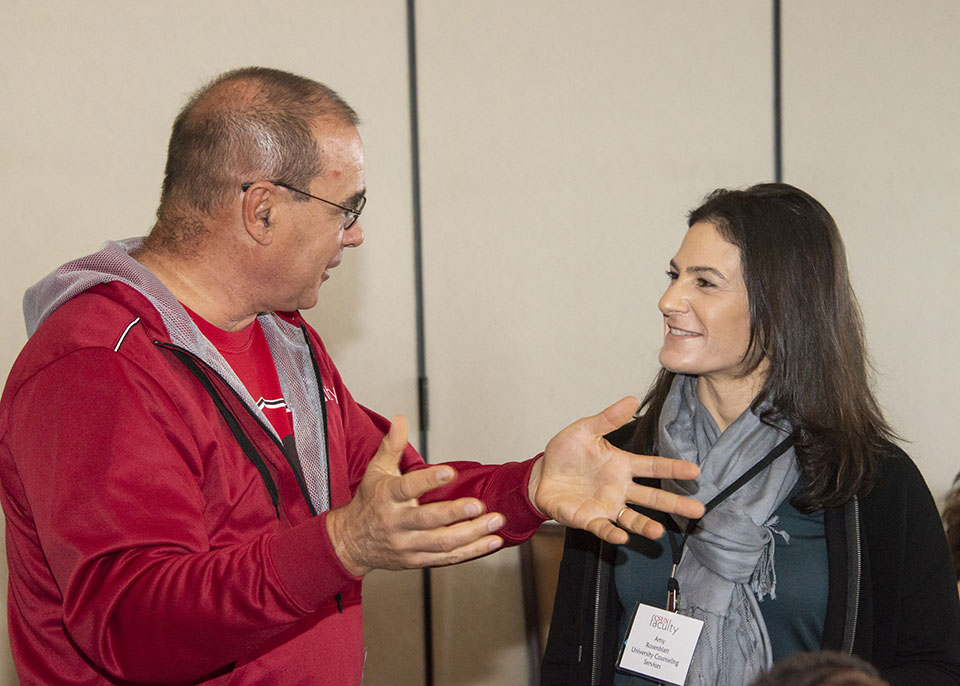
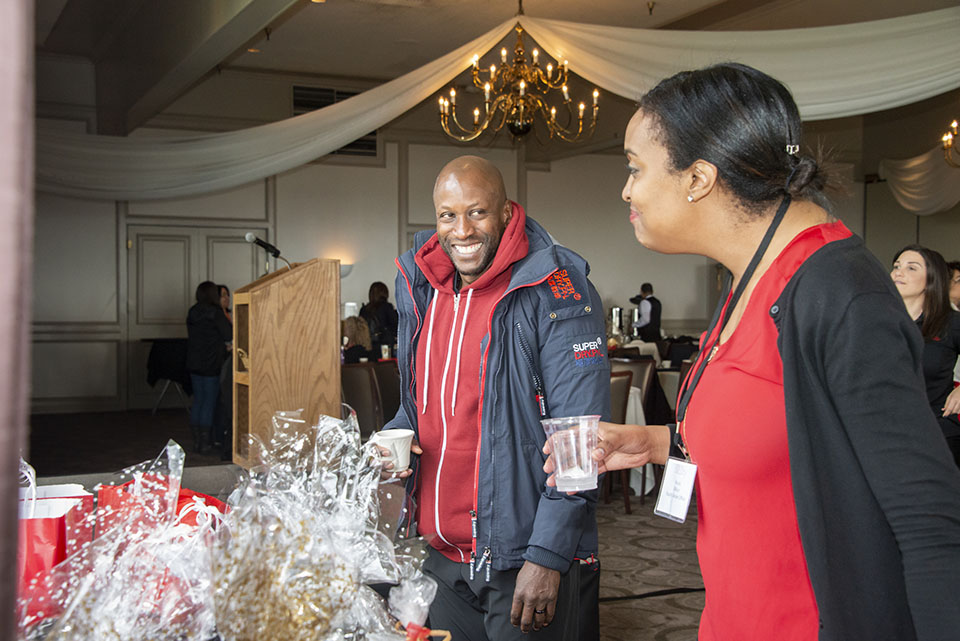
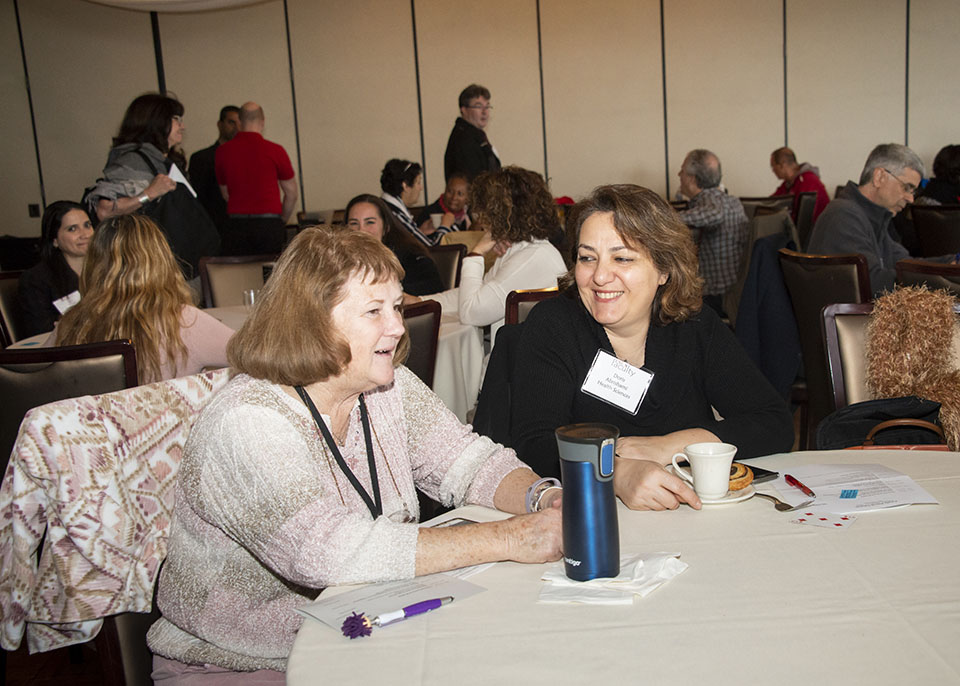
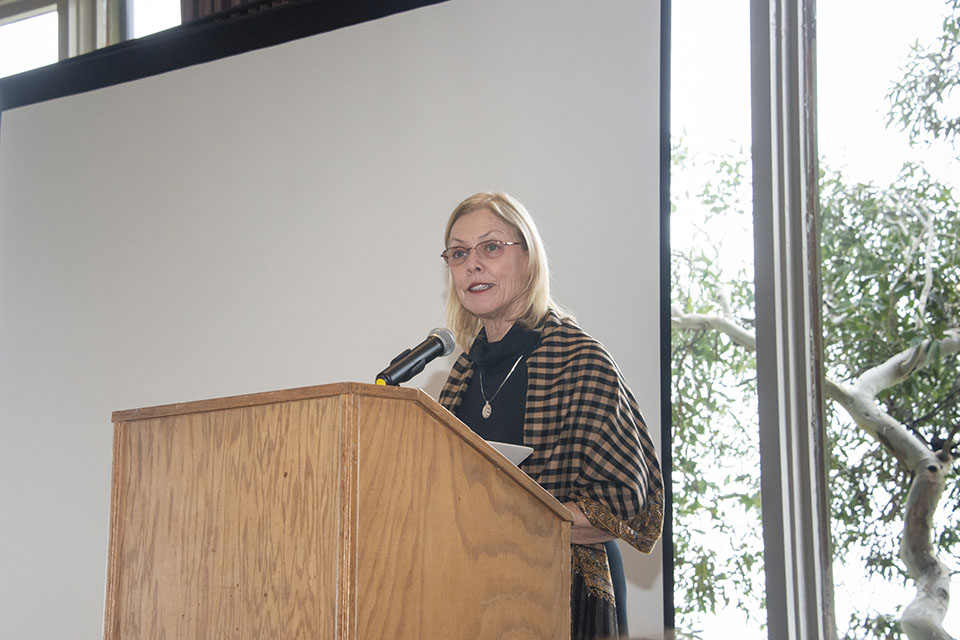
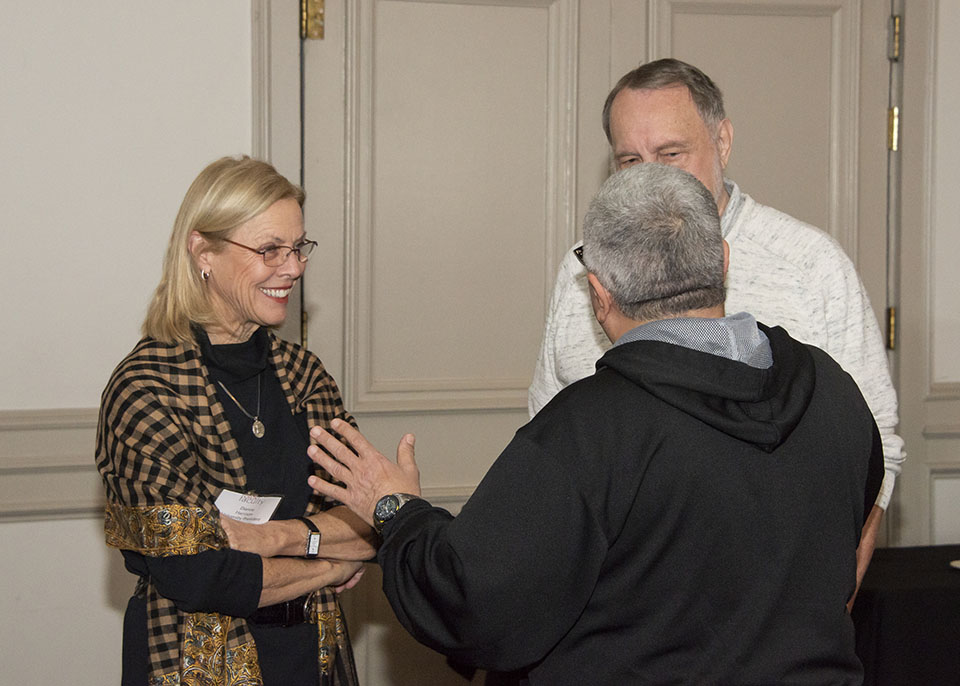
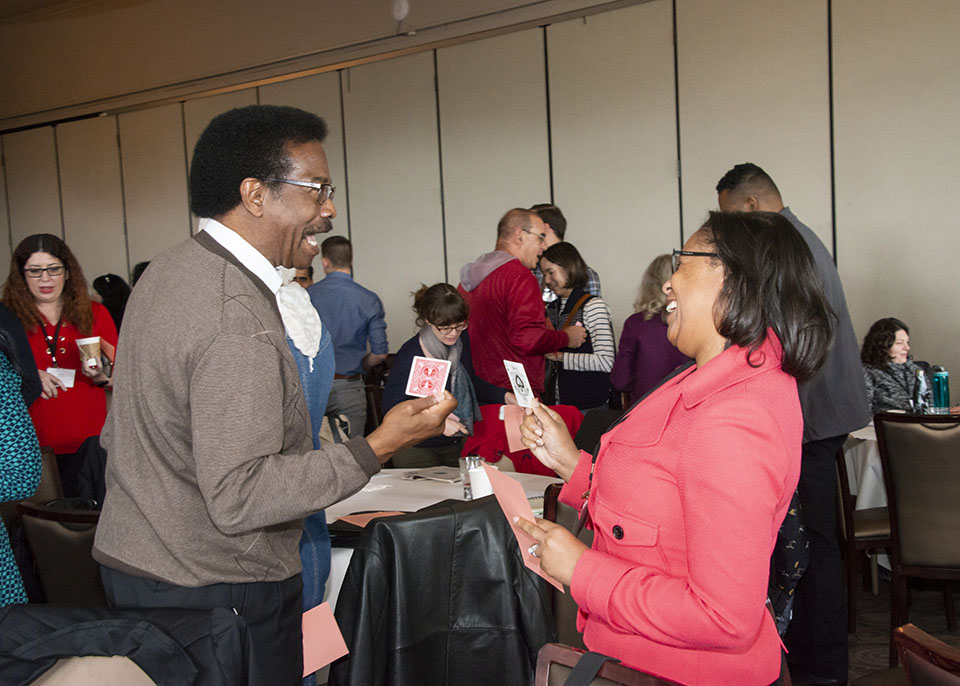

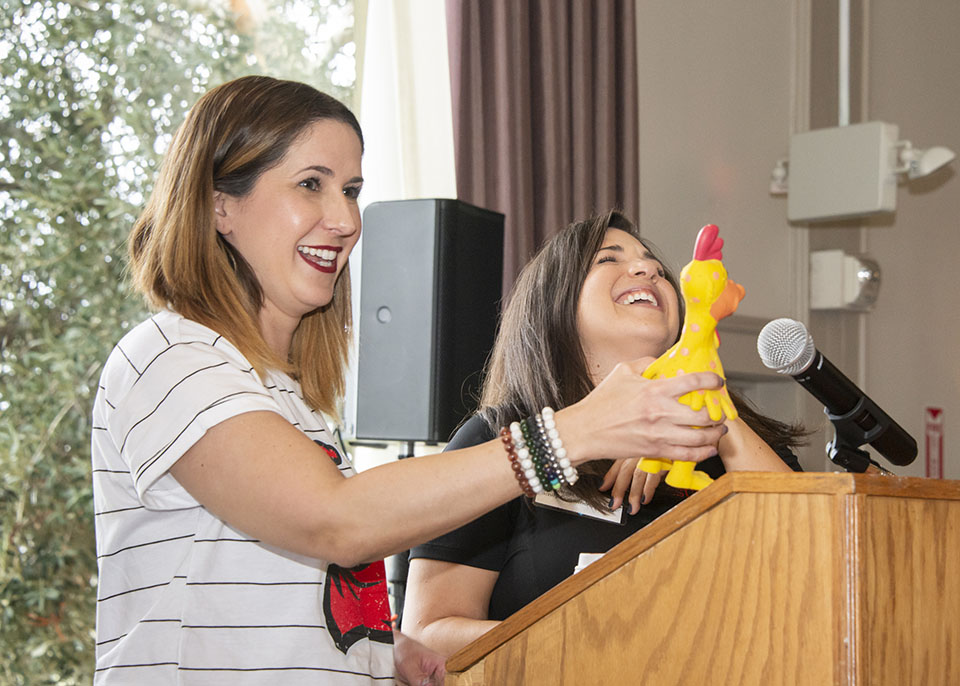
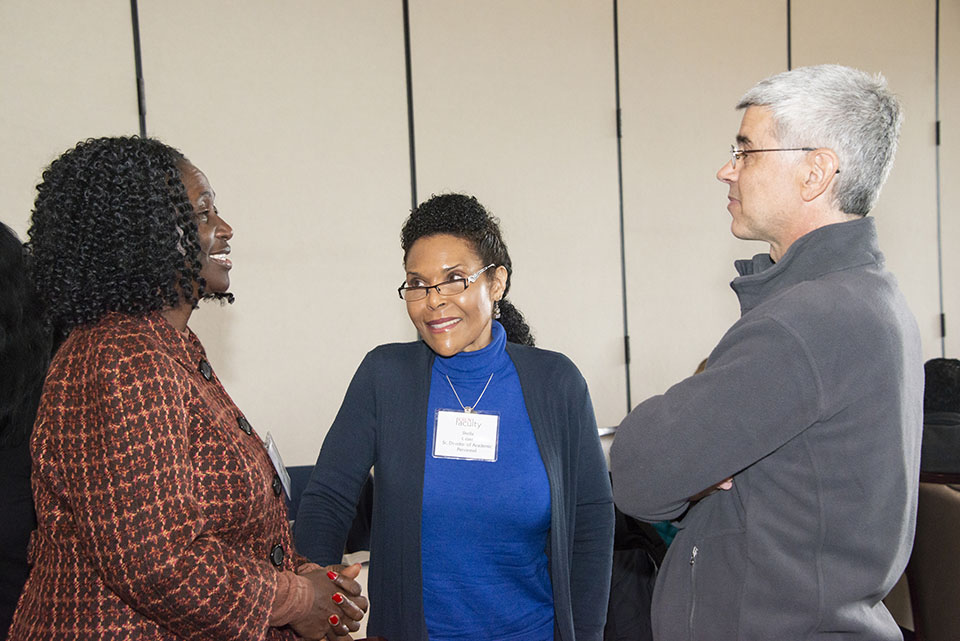

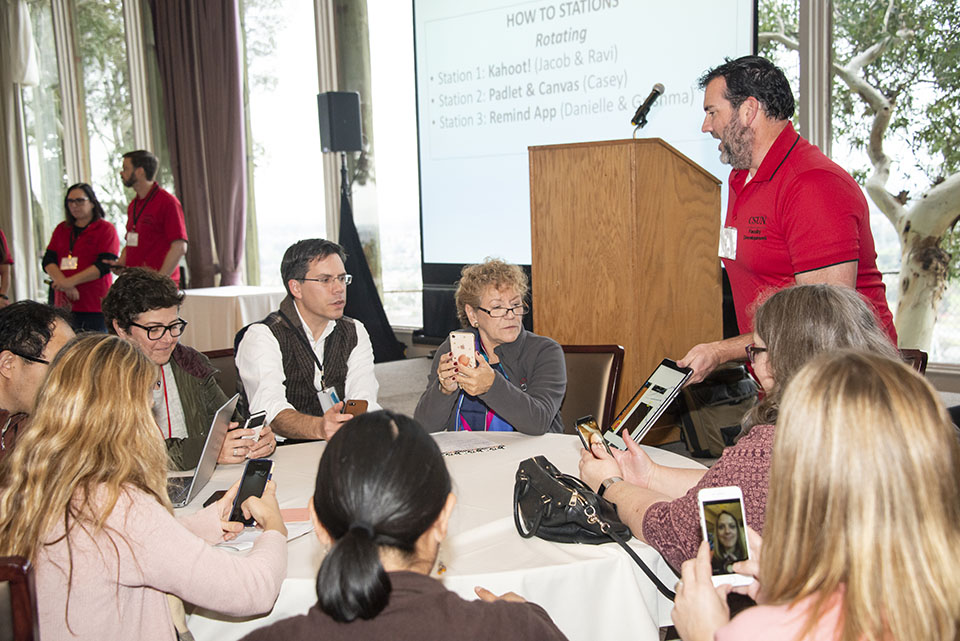
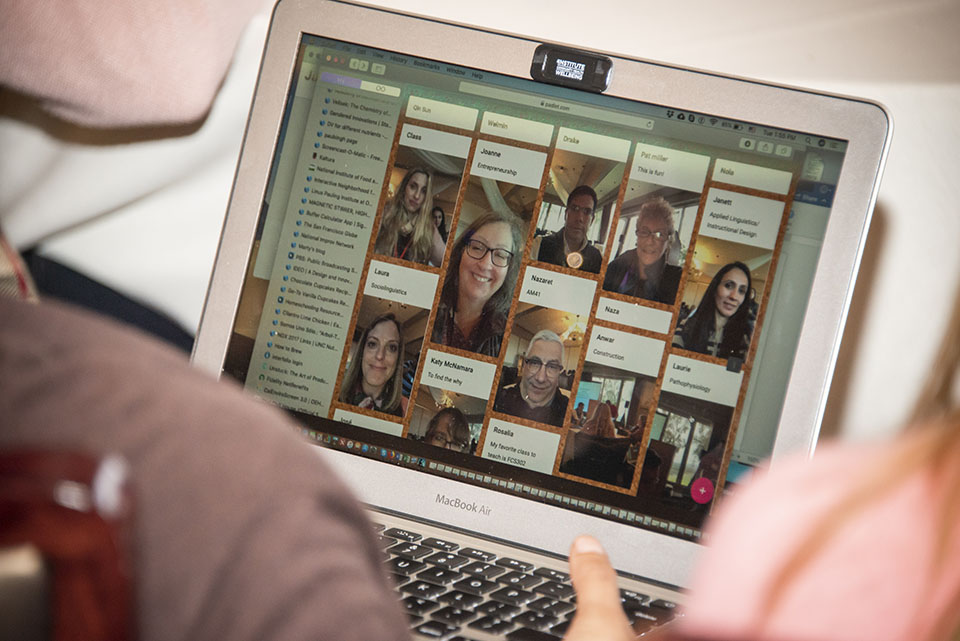

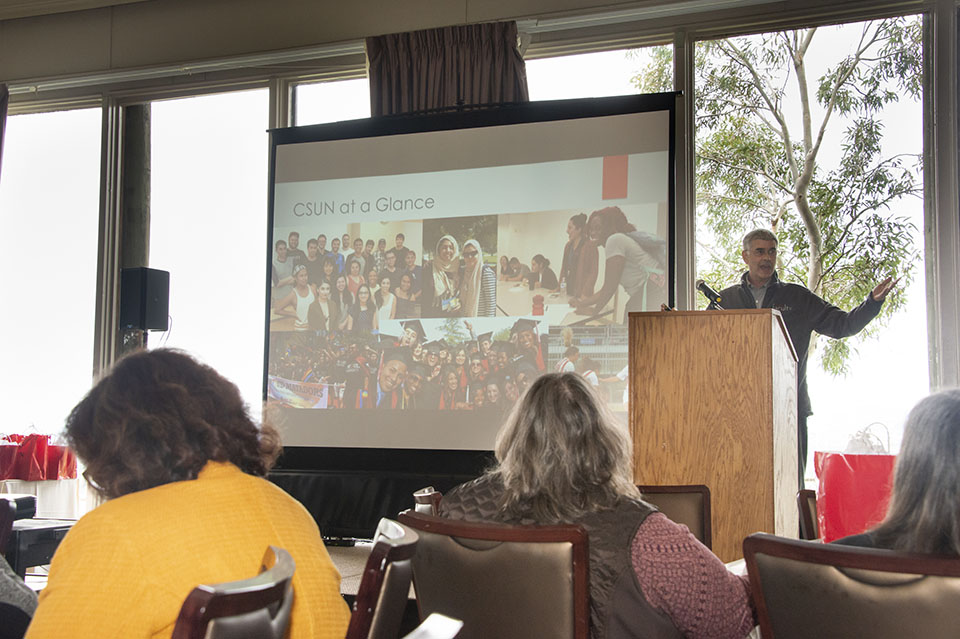
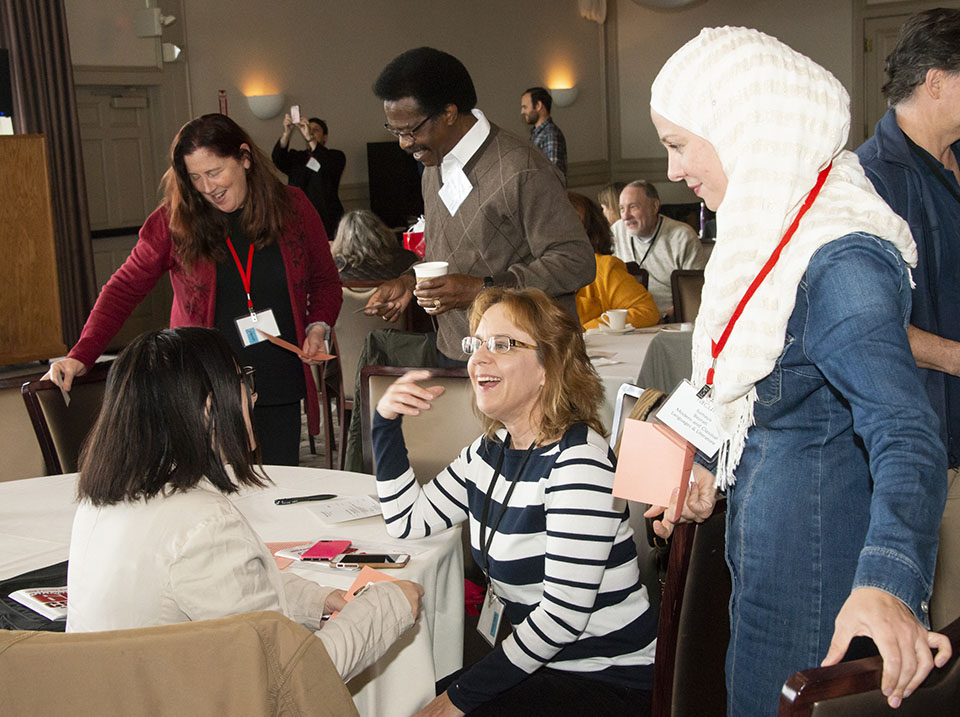
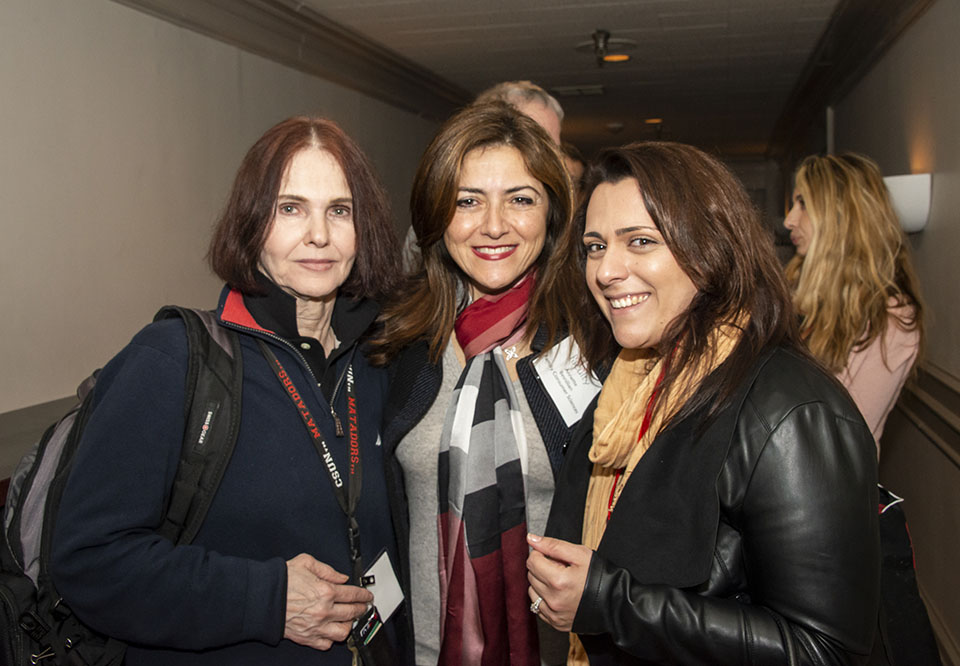

 experience
experience